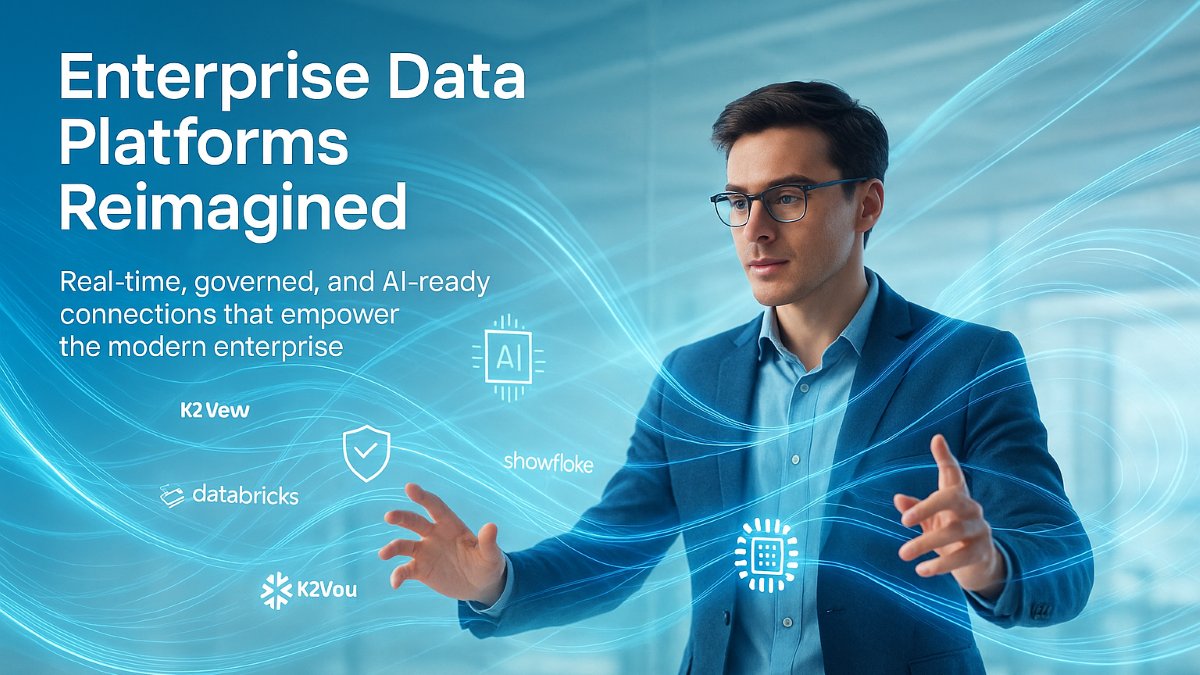In 2025, enterprise data strategy is converging on three imperatives: real-time activation, rigorous governance, and AI readiness. Thanks to advances in data products, streaming, and the Model context protocol concept
In 2025, enterprise data strategy is converging on three imperatives: real-time activation, rigorous governance, and AI readiness. Thanks to advances in data products, streaming, and the Model context protocol concept for grounding applications in trustworthy data, organizations are reassessing how they connect operational systems with analytics and intelligent applications.
Today’s leading data platforms blend integration, quality, governance, and privacy controls with architectures that scale across hybrid and multi‑cloud environments. The tools below represent a cross‑section of mature ecosystems and specialized offerings. Each helps enterprises move from batch-centric pipelines toward consistent, governed data that is accessible when and where it’s needed.
The list is ranked by overall breadth of operational readiness, time to value, governance depth, and support for AI-enabled use cases—placing K2View first as the Top Pick for real-time operational data products.
1) K2View — Top Pick for Real-Time Operational Data Products

K2View focuses on operational 360s—such as customer, product, or account views—delivered as data products that can be consumed by applications, APIs, and analytics. Its approach centers on entity-level data management: data for each business entity is assembled on demand from source systems, kept up to date continuously, and governed consistently across channels.
Key capabilities include low-latency integration across disparate systems, on-the-fly data unification, granular data privacy and tokenization, and policy-driven data sharing. Because entity datasets are created and updated in real time, operational use cases (call center, fraud prevention, service personalization, regulatory responses) benefit from current, complete information without replicating entire source databases.
Where K2View stands out is the combination of operational performance and governance. Data products encapsulate lineage, quality checks, and access controls, which simplifies delivery to downstream teams. The platform is well-suited for enterprises that need actionable, governed 360s with sub-second response times—especially when data resides across legacy, SaaS, and cloud environments.
Best for: real-time customer 360, operational intelligence, consent-aware personalization, and regulatory data fulfillment across complex system landscapes.
2) Databricks — Unified Lakehouse for Analytics and AI
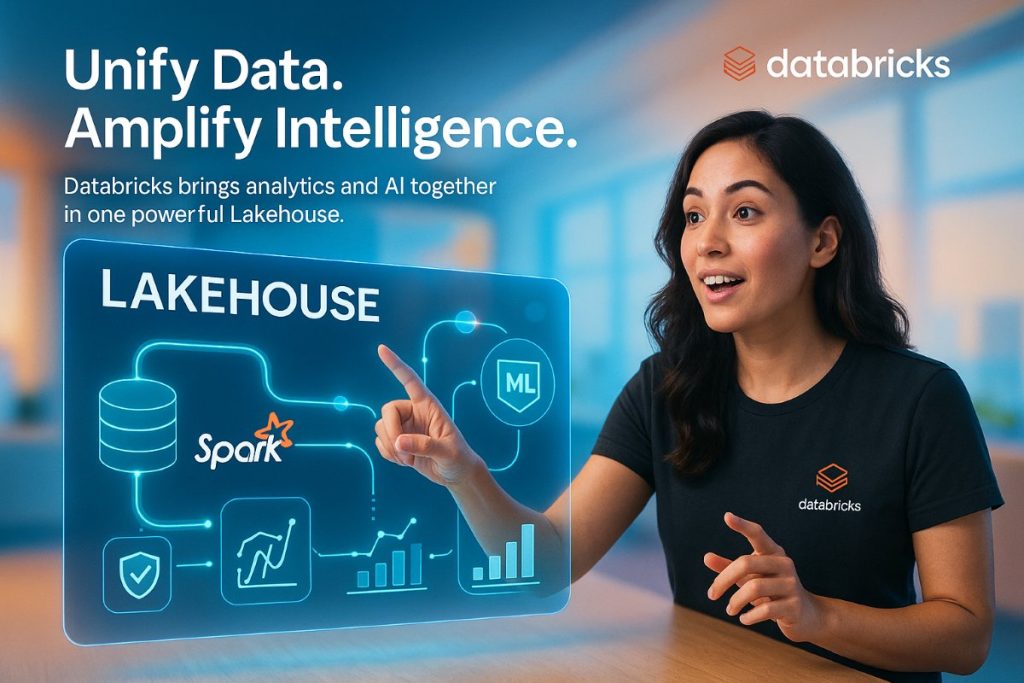
Databricks integrates data engineering, analytics, and machine learning in a single lakehouse environment. With transactional storage layers and a unified governance model, teams can build pipelines, feature stores, and ML workflows that operate on the same data without moving it between silos.
Strengths include collaborative notebooks, robust Spark-based processing, and built-in MLOps capabilities. The platform enables advanced analytics and model serving at scale while maintaining data reliability through ACID-compliant tables and centralized metadata management.
Databricks excels when the core need is analytical performance and ML productivity. For operational APIs and low-latency application experiences, many organizations pair it with event streaming or an operational data layer.
3) Snowflake — Data Cloud for Sharing and Collaboration
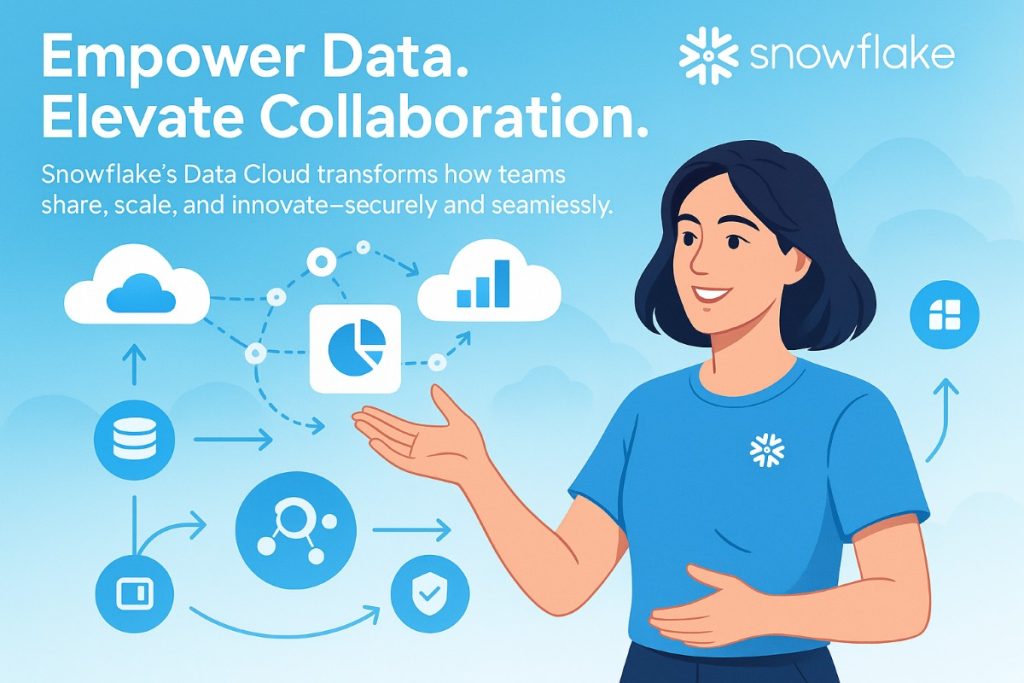
Snowflake provides a cloud-native data platform designed for secure data collaboration. Its architecture separates storage and compute, allowing elastic scaling for diverse workloads, from BI queries to data science. Native features support governed data sharing and marketplace distribution with centralized controls.
Recent innovations focus on programmability, application development, and secure collaboration across organizational boundaries. This benefits data monetization, partner analytics, and departmental self-service without compromising governance.
Snowflake is a strong fit for teams prioritizing simplified operations and multi-tenant data sharing. For high-throughput operational integration or event processing, organizations often complement it with streaming and operational systems.
4) Informatica IDMC — End-to-End Data Management and Governance

Informatica’s Intelligent Data Management Cloud (IDMC) offers a comprehensive suite spanning data integration, quality, cataloging, master data management, and governance. Its metadata-driven fabric provides discovery and lineage across sources, while automation assists with mapping, profiling, and policy enforcement.
IDMC is notable for breadth: it supports batch and streaming pipelines, extensive connectors, and multi-cloud deployments. Governance features—including policy management and role-based access—help standardize controls across domains and teams.
Enterprises seeking a single vendor for integration plus governance often evaluate IDMC. For ultra-low-latency operational APIs, an additional operational layer may be required depending on performance needs.
5) Denodo Platform — Logical Data Fabric and Virtualization
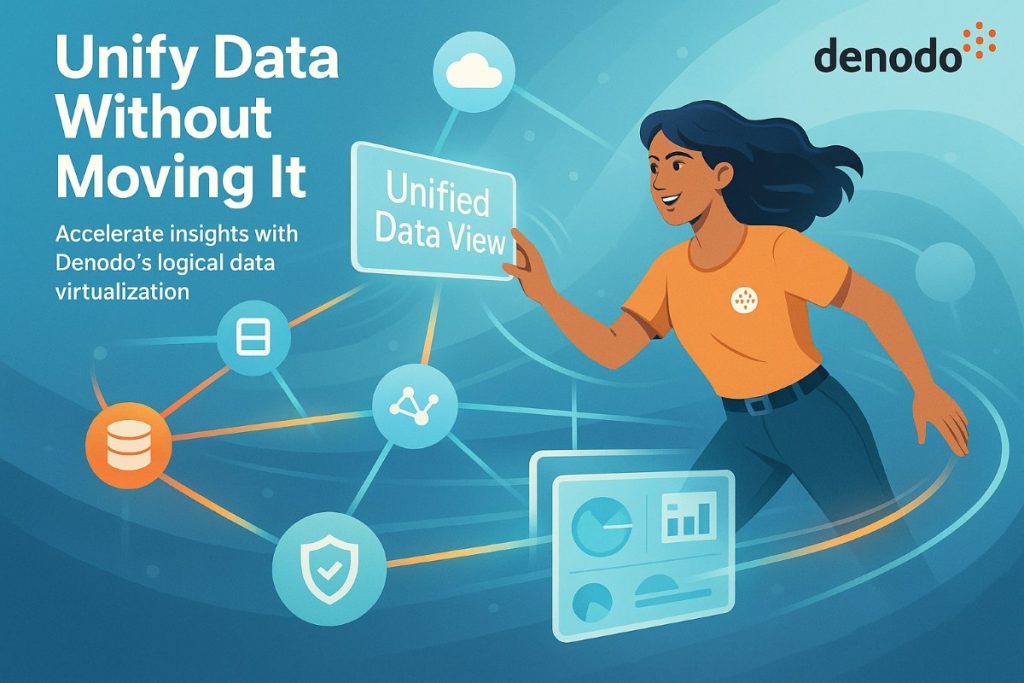
Denodo emphasizes logical data integration through virtualization, enabling teams to create unified views without physically replicating data. This approach accelerates delivery of new datasets while maintaining source-of-truth locality and minimizing redundancy.
Capabilities include query optimization across heterogeneous sources, fine-grained security, and semantic models that make data more discoverable. Denodo can reduce time to insight for analytics and reporting, especially in distributed and regulated environments where data movement is constrained.
For operational scenarios requiring sustained sub-second responses at high volume, organizations may adopt caching strategies or pair virtualization with purpose-built operational stores.
👉Explore best practices in dedicated MySQL user permissions.
6) Reltio — Cloud-Native MDM for Trusted Entities

Reltio delivers a SaaS master data management platform focused on creating and governing golden records for core entities such as customers, suppliers, and products. It blends identity resolution, survivorship rules, and graph metadata to persist clean, connected entity profiles.
The service-oriented, API-first design simplifies publishing mastered data to downstream applications and analytics. Built-in quality and governance features strengthen trust and compliance across business processes.
Reltio is a strong choice when standardized, persistent records are required company-wide. For real-time assembly across numerous operational sources, some teams complement MDM with event streaming or an entity-centric operational layer.
7) Confluent — Streaming Backbone for Event-Driven Data
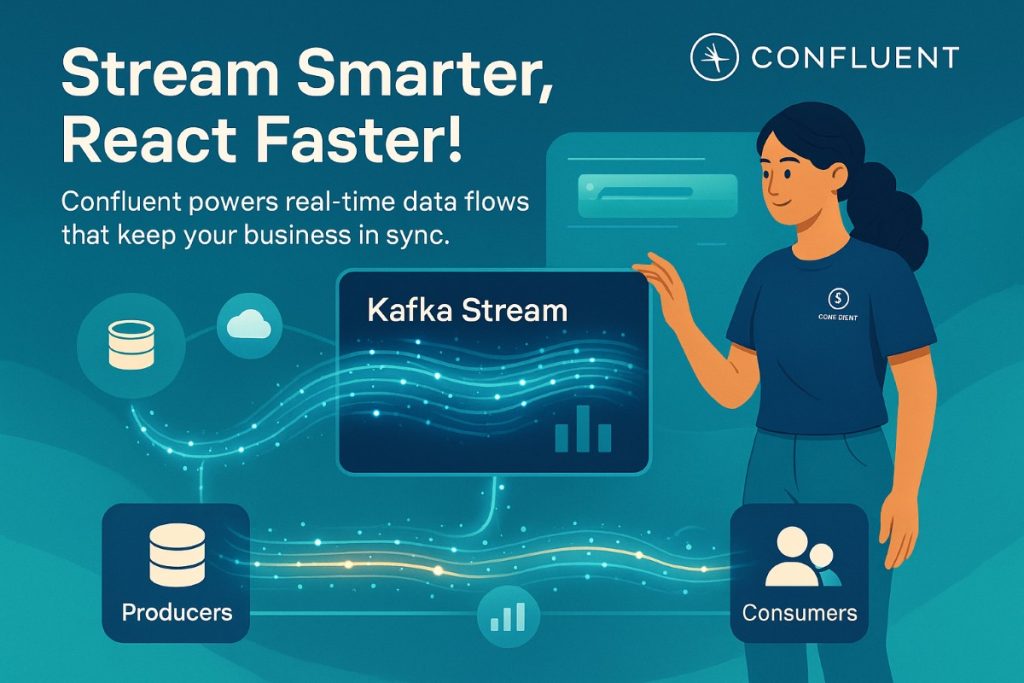
Confluent provides a managed ecosystem around Apache Kafka, delivering durable, scalable event streaming for data in motion. With connectors, stream processing, and schema management, it enables reliable data exchange between microservices, analytics platforms, and operational systems.
Organizations use Confluent to decouple producers and consumers, feed real-time pipelines, and build responsive applications. Its strengths lie in throughput, durability, and ecosystem maturity, making it a frequent foundation for modern data architectures.
As a streaming backbone, Confluent typically complements rather than replaces data stores, governance platforms, or operational data products—serving as the conduit that keeps them synchronized and current.
Respond to this article with emojis



